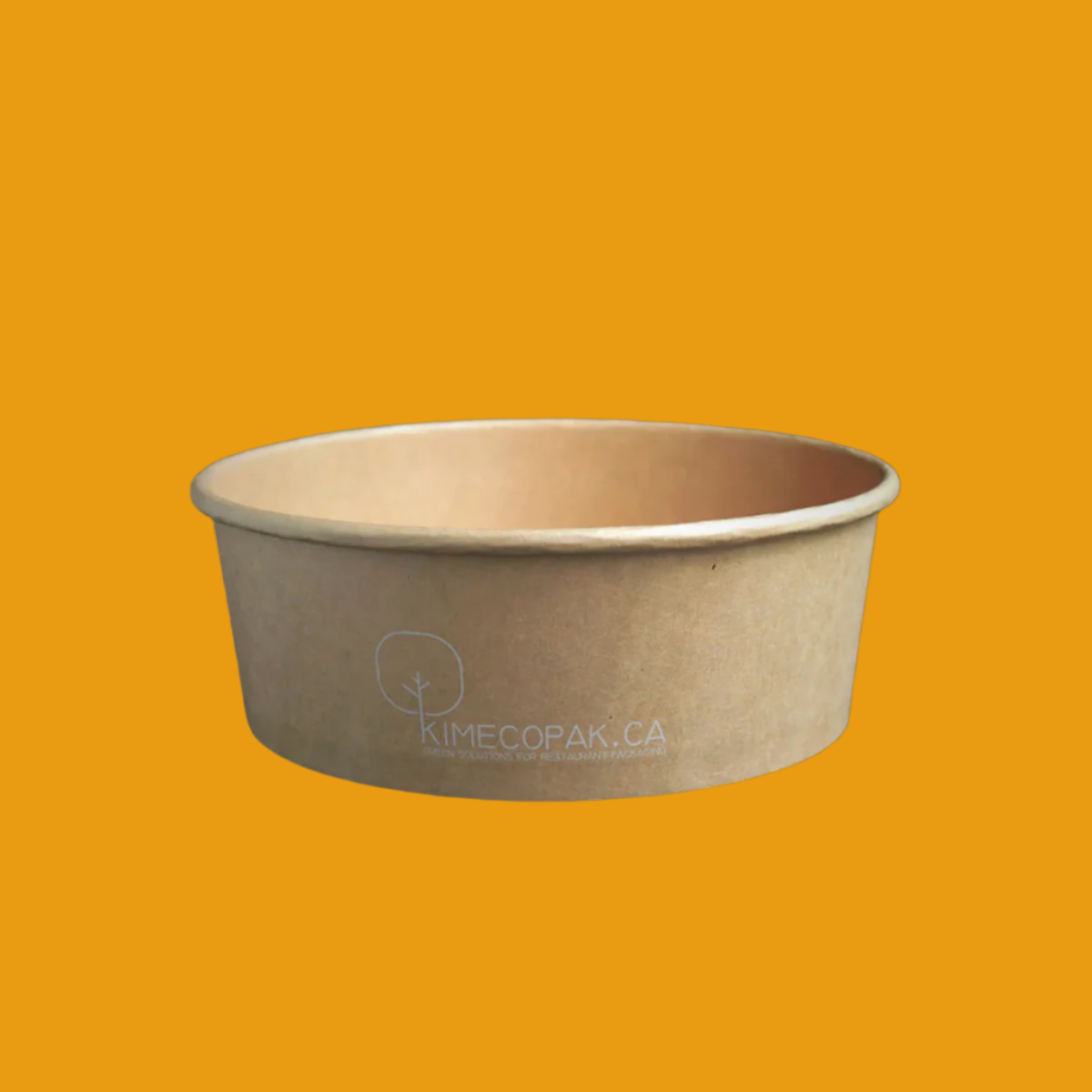In today’s fast-paced world, food delivery has evolved beyond takeout. Two models now dominate the convenience-driven food market: meal kits and meal prep services. While they may seem similar at first glance, they serve very different customer needs and operational strategies.
Meal kits provide customers with fresh, pre-portioned ingredients and step-by-step recipes to cook meals at home. They cater to people who love the cooking experience but want to skip the hassle of grocery shopping. On the other hand, meal prep services offer fully cooked, ready-to-eat meals that require minimal effort perfect for professionals, fitness enthusiasts, or anyone focused on convenience and nutrition.
In this article, we’ll explore the key differences between meal kits vs meal prep services, analyzing their costs, target demographics, operational demands, and profit potential. Whether you're launching a food startup or expanding your restaurant’s reach, understanding these models will help you choose the right strategy for sustainable growth.
-
Meal Delivery Services – Everything You Need to Know
-
The Complete Guide to Meal Prep Services: Opportunities and Challenges
-
Vegetarian Meal Kits – Healthy, Easy, and Delicious Meals Delivered to Your Door
Definitions and Key Differences

What is a Meal Kit?
A meal kit is a set of pre-portioned ingredients that come with step-by-step cooking instructions, delivered directly to customers. This concept has gained popularity among those who enjoy cooking but may not have the time or resources to shop for individual ingredients.
-
Key Feature: One of the standout features of meal kits is that they require customers to cook the meal themselves at home. This hands-on experience can be both enjoyable and educational, allowing individuals to hone their cooking skills while creating delicious meals. For instance, following a meal kit recipe can introduce home cooks to new techniques, ingredients, or cuisines they might not have explored otherwise.
What is a Meal Prep Service?
In contrast, a meal prep service delivers fully cooked meals that only require reheating. These services are specifically designed for convenience, catering to those with busy lifestyles who may not have the time or energy to cook from scratch on a daily basis.
-
Key Feature: The primary advantage of meal prep services is their ease of use. Meals arrive ready to heat and eat, making them ideal for busy professionals or individuals focused on maintaining a healthy diet without the hassle of meal prep. This can be especially beneficial for those who want to eat nutritious meals but do not want to spend significant time preparing them.
In-Depth Comparison: Meal Kits vs Meal Prep Services
|
Criteria |
Meal Kits |
Meal Prep Services |
|---|---|---|
|
Target Customers |
Home cooks, experience seekers |
Busy professionals, fitness-focused individuals |
|
Prep Time |
30–60 minutes |
5–10 minutes (just reheating) |
|
Average Cost per Meal |
$8–12 |
$10–14 |
|
Profit Potential |
Higher margins due to raw ingredients |
Higher selling price, but higher operational costs too |
|
Operational Complexity |
Ingredient sourcing, packaging, logistics |
Central kitchen, chefs, strict food safety |
|
Menu Customization |
Easy to personalize menu offerings |
Limited flexibility due to pre-cooked nature |
The difference in target customers clearly defines the nature of both services. Meal kits appeal to home cooks, individuals who enjoy the experience of cooking, and those eager to try new dishes. Meal prep services, however, attract busy professionals and health-conscious individuals who prioritize convenience.
In terms of prep time, meal kits usually require a commitment of around 30 to 60 minutes, depending on the complexity of the recipe. For someone like me who enjoys cooking as a creative outlet, this can be a desirable investment of time. On the other hand, meal prep services offer a much quicker option with just 5 to 10 minutes needed for reheating, appealing to those with tightly packed schedules.
When considering costs, meal kits typically range from $8 to $12 per meal. While this might seem affordable, especially for those keen on cooking experiences, it can add up over time. Meal prep services often range from $10 to $14, reflecting their convenience and the quality of ready-to-eat meals.
Profit potential can vary significantly between the two. Meal kits generally have higher margins due to raw ingredients, as businesses can source in bulk and keep costs down. Conversely, while meal prep services may charge a higher price, they also incur greater operational costs due to the need for a central kitchen and trained chefs.
Operational complexity further distinguishes the two. Meal kits involve the intricacies of ingredient sourcing, packaging, and logistical management. In contrast, meal prep services focus on cooking and ensuring strict food safety standards, which can add layers of complexity.
Lastly, regarding menu customization, meal kits allow for a fair degree of personalization, enabling customers to select options that suit their tastes. Meal prep services, however, often have limited flexibility due to the nature of pre-cooked meals, which can be a drawback for diners looking for variety.
Pros and Cons of Each Model

Meal Kits
Pros:
- Engaging customer experience that builds brand loyalty: Meal kits often come with unique recipes and curated ingredients that create a sense of adventure in cooking. This can lead to customers developing a strong connection to the brand, as they look forward to trying new meals each week.
- Reduced food waste through precise portioning: By providing exactly the amount of each ingredient needed for a meal, meal kits can help minimize food waste a concern for many environmentally conscious consumers.
- Scalable without the need for physical dining space: Meal kits can be produced in a warehouse or kitchen facility, allowing brands to scale operations quickly without the costs associated with opening new restaurant locations.
Cons:
- Relies on customer cooking skills: For some consumers, the requirement to cook can be a barrier. Not everyone has the confidence or the time to follow a recipe, which could lead to dissatisfaction.
- Requires investment in packaging and detailed instructions: This model demands significant resources for packaging, ensuring freshness and safety, along with clear instructions that can take time to create and maintain.
Meal Prep Services
Pros:
- Highly convenient, fits fast-paced lifestyles: With ready-made meals, customers can easily incorporate healthy eating into their busy lives. This model resonates particularly well with individuals who may not have the time or interest in cooking daily.
- Better control over final meal quality: Meal prep services can maintain higher quality standards since they prepare meals in their own kitchens, allowing for complete oversight of ingredients and cooking methods.
Cons:
- Higher operational costs (kitchen, staffing, cold chain): The expenses associated with running a kitchen, hiring staff, and maintaining a cold chain for delivering perishable products can be quite significant, potentially squeezing profit margins.
- Less adaptable to individual dietary needs: Unlike meal kits, where customers can sometimes modify their meals before cooking, meal prep services often have set menus that may not cater to all dietary restrictions or preferences.
Hybrid Trends: Ghost Kitchen + Meal Kits/Meal Prep

Ghost Kitchen: A ghost kitchen refers to a shared commercial kitchen setup that caters exclusively to delivery orders without any dine-in space. This innovative model allows for lower overhead costs and flexibility in menu offerings.
With Meal Kits: Restaurants can utilize existing kitchen space to prepare and package meal kits. This can be a smart way to diversify revenue streams by reaching customers through multiple channels without needing additional dining space.
With Meal Prep: By offering pre-cooked meals under a virtual brand, restaurants can leverage ghost kitchens to serve a larger audience. This setup is ideal for scaling up delivery options while reducing the overhead associated with traditional restaurant operations.
Choosing the Right Model for Restaurants and Startups

Meal Kits: Meal kits are particularly well-suited for restaurants that want to extend their brand experience beyond in-house dining. They can enhance customer loyalty and create additional revenue streams, making them an attractive option for established brands looking to innovate.
Meal Prep Services: Startups aiming for success in the competitive food market can greatly benefit from meal prep services, especially if they target convenience-driven or health-conscious customers. This model accommodates busy lifestyles and emphasizes quick, healthy eating solutions.
Conclusion
Both meal kits and meal prep services offer significant growth potential in today’s food service market. As consumer preferences shift towards convenience and sustainability, businesses must consider their unique strengths and how they align with customer needs.
Whether a restaurant chooses one model over the other or decides to combine both for a diversified revenue strategy, the key lies in understanding their operational capabilities and customer expectations. This thoughtful approach can lead to greater success and brand loyalty in the long term.









